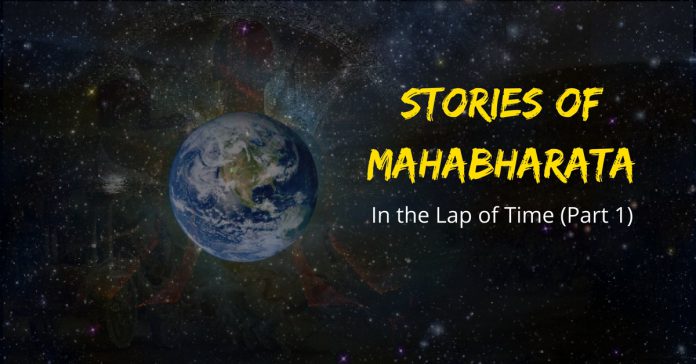
In a time of over 5000 years ago, 3140 BC, the war of Mahabharata saw its edge and in 3102 BC, Krishna left his body. Scriptures depict the stories of Mahabharata as the triumph of Dharma over Adharma however in today’s reference, how an age-old story stands relevant is the talk of big-league. Mahabharata is an eternal story from Hindu Puranas and when we say Puranas, we refer to the stories of human beings of different kinds and nature. History refers to facts and happenings but these are the stories of people in the batch of all kinds; Devas, Demons, Demi-Gods, Humans, Yakshas, Kinnaras, and so on. There is no judgment of good and bad or right and wrong. It is just an exploration of a human creature like never before. Simply an exploration!
The beauty of stories is such that without going through anything, you can go through everything. Without even a scratch on your body. So, just live the story otherwise you will miss the spirit of it owing to your confusions, comparisons, and judgments.
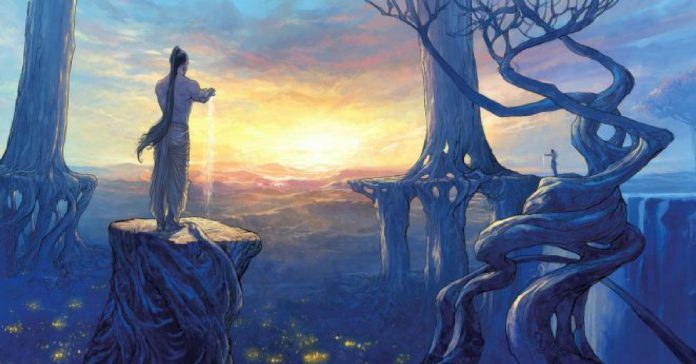
So, before we get into the story, let us take a look at the concept of time and how it is related to the very nature of how a human body functions. It is a fact and even today’s science is trying to prove that the human energies and the very human consciousness are deeply connected to the Solar system and the way planets take a spin in the league. It is not the astrology we are referring to here but a deeply rooted science of human energies in alignment with the cosmos.
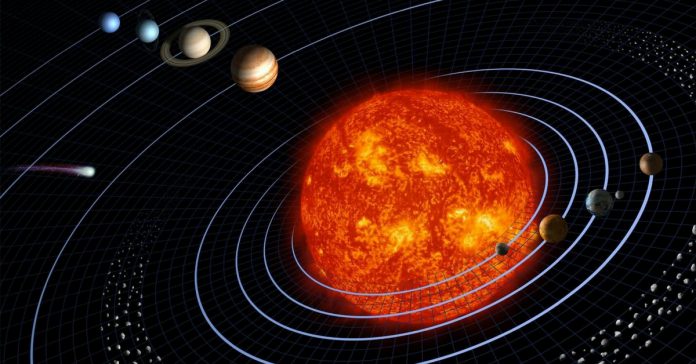
Calculation of Yugas
We all know that earth is round with a tilted orbit. Take this orbit and as a tilt, it forms a circle and today, we know that it takes 25920 years to complete one circle. This ‘25920 year period’ is referred to as 1 Yuga. Approximately, it is said that the phase of Kaliyuga took its effect after the War of Mahabharata saw its edge seeing its shade of life in Dwapara Yuga which lasted for 2592 years.
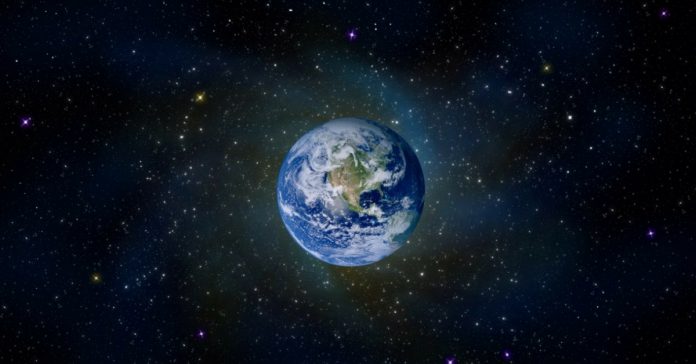
Compilation of an Eternal Story of Mahabharata
Krishna Dwaypayana, a great Sage who was also known as Vyasa takes the credit of compiling Vedas. The Vedas are considered to be around 100,000 years old and it remained as a tradition that people from generation to generation transmitted through in an oral form. At that time, people gave utmost importance to Sound and considered it as the subtlest form of physicality. For this reason, Vedas were never written down as a scripture.
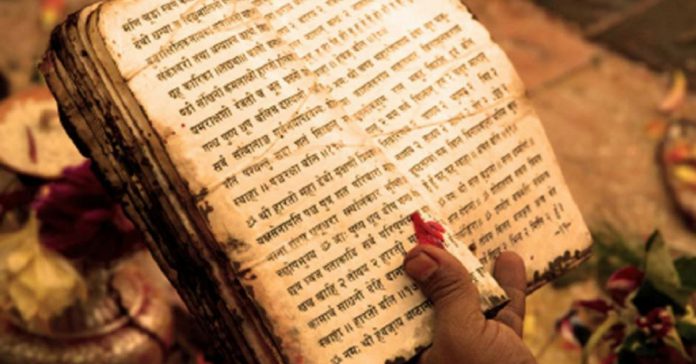
Once it so happened that the rich Gangetic plain was struck by a brutal drought which lasted for 14 long years. Not a drop of rain came. Crops dried up. Civilizations decamped and in the run, people forgot to tell the Vedas. After 14 years, when rains breeze in, Vyasa saw the loss that happened to Vedas and decided to write it down. It is said that he could gather only 8% of it which is now classified into Rig Veda, Atharvana Veda, Sama Veda, and Yajur Veda.
Vyasa Decided
Over years later, when the War of Mahabharata got ended, Vyasa decided to compile this eternal story but this time, he didn’t want to take any chances. Vyasa was in no state to rely on a human mind because it was that phase of the period where Dwapara was shifting to Kali. When we say Kali, we must understand that it is a deterioration of human consciousness. So, Vyasa requested the God of Intelligence, Ganapathi to write down the document and he appointed his disciple, Vaishampayana to give ears to it. Simply put, Ganapathi wrote down the story and Vaishampayana got an earful of it.
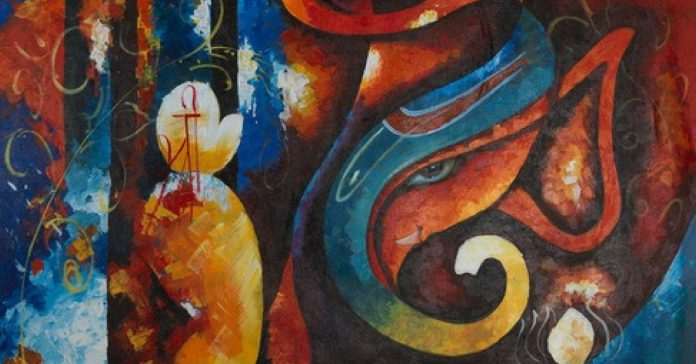
Fragments of Mahabharata
However, unfortunately, the written document was so nice that Gods came and stole it. Now, don’t get into any kind of logic here, just gel with the story. Today, the Mahabharata we know is there to an extent that Vaishampayana remembered and not as Ganapathi wrote down. So, Vaishampayana told the story to the second generation of the same dynasty of emperors called Janamejaya’s.
Come, let’s walk through the story. As we walk, you come across so many things that are hard to believe but you should not disbelief anything.
Over 7000 years ago
On a usual note, the story of Mahabharata is told from the Era of Shantanu but there are some characters that come before Shantanu who played an important role in the whole game plan. So, much further back, there was a master priest named Bruhaspathi. He had an outstanding prowess in rituals and was known for his tremendous intellect. So, naturally the King of Devas, Indira appointed him as his official priest. In Dwapara Yuga, rituals were a significant part of life as they played a key role in defining the various life situations. Till today, it lives on in few parts of this country.
This Bruhaspathi had a wife called Tara. Tara means star and Bruhaspathi represented the planet Jupiter. In a ritualistic way, a woman’s place was as significant as that of a Man and she always took an equal place in rituals. Without a Woman, Man was nothing to the extent that he was deprived of a blessing, Mukthi, and heaven. It was a time when the social norms of Dharma fixed this so that no Woman was abused or neglected. So, Bruhaspathi needed Tara to perform his rituals and to help him continue his job in the Deva Loka.
Bruhaspathi, Tara, and Chandra
One day, Tara looked at the beauty of the Moon and fell in love with the Moon God. She called him, Chandra came and they both got into a good romance. Tara eloped with Chandra. This made Bruhaspathi furious and restless because without Tara, he was nothing and he has to lose his prestige, power, and job.

So, Bruhaspathi went to Indira and said, if you don’t get my wife back then I will not perform any kind of ritual for you. This made Indra restless and he interfered to compel Tara. He forced her to strict back to one family structure and said if you don’t come back then my rituals will go in vain. So, somehow, she was brought back.
Now, Tara was pregnant and Bruhaspathi wanted to know the man behind it. Tara refused to speak. People gathered, Bruhaspathi pleaded but still, Tara refused to speak. The silence continued to gather and suddenly, as to everyone’s surprise, the unborn child in Tara’s womb asked about his father. Gasp!

People around appreciated the intelligence of the child wanting to know what seed is he made of. Now, Tara couldn’t refuse to speak and revealed the truth that the child was Chandra’s. Hearing this, Bruhaspathi became so furious and fierce that he cursed the unborn child – ‘May you become Neutral.’
After a few months, Tara gave birth to the child which was neither a boy nor a girl. It was named as ‘Budh’ or ‘Budha’. This Budh grew up and became a reason for the genesis of Chandravamshis and a preface for the birth of the Kuru dynasty.
Story to be continued in the Next part. Stay tuned.
Source: Vyasa Mahabharata and Isha Foundation (Sadhguru).



























